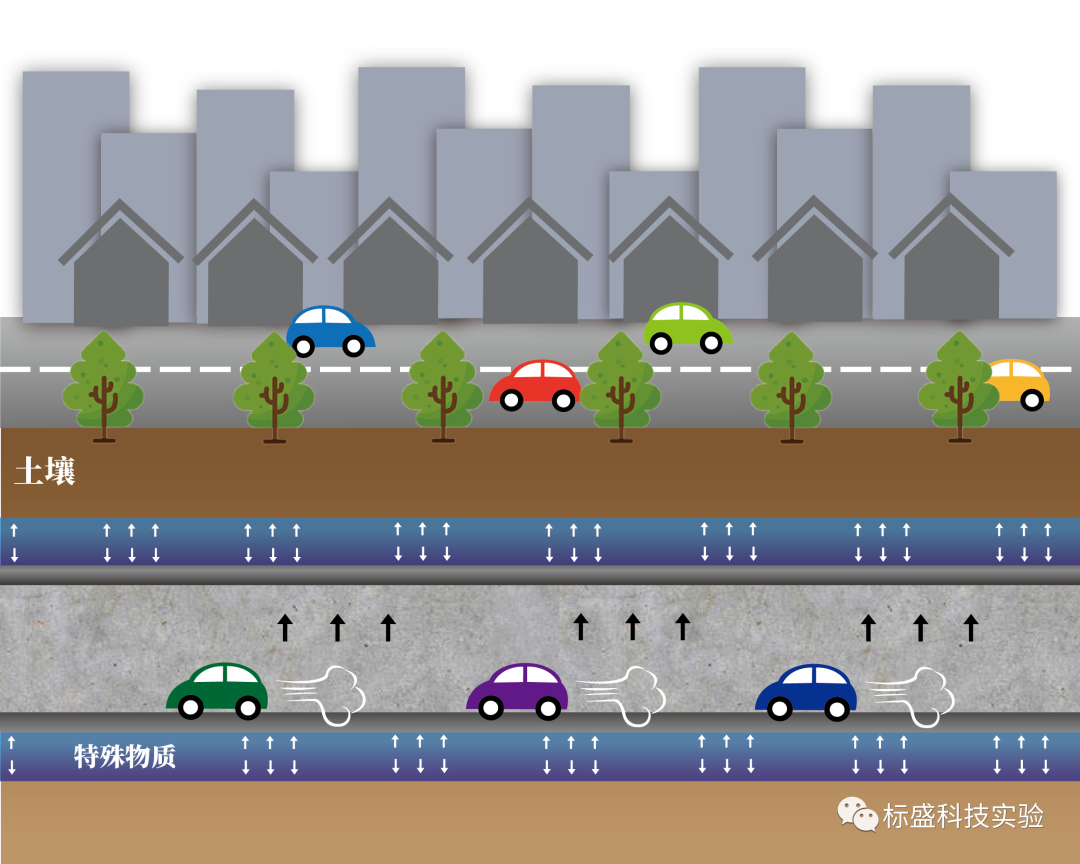Application potential of high-performance polymers
The underground burial of traditional construction waste (including construction waste) often has certain limitations in the prevention and control of waste pollution diffusion, as the isolation layer (including concrete and soil) is prone to degradation in harsh environments and has limited exchange/adsorption capacity for heavy metals. However, facing the increasingly serious pollution problem, we need to constantly seek innovative solutions to improve the efficiency and sustainability of underground pollution prevention and control.

To this end, we focused on exploring the potential application of high-performance polymers in soil cement underground barrier isolation layers, with the aim of improving their adsorption capacity for heavy metals and self-healing performance. After a series of experiments, we found that high-performance polymers exhibit excellent adsorption performance for heavy metals such as lead, copper, zinc, and nickel, with the most significant adsorption capacity for lead, up to 175 mg/cubic meter. It is particularly noteworthy that in acidic environments, high-performance polymers play a crucial role in effectively removing a large amount of heavy metal pollutants.
In addition, compared to traditional materials, incorporating high-performance polymers into soil or concrete has minimal impact on the mechanical and permeability properties of the underground barrier isolation layer, and instead increases the toughness of the soil or concrete. This is crucial for the long-term stability of the underground barrier isolation layer. When cracks expand in the matrix of the underground barrier isolation layer, high-performance polymers are exposed to external water bodies, causing them to expand and form an effective sealing effect, enabling automatic repair of cracks. This self-healing mechanism enables soil or concrete containing high-performance polymers to exhibit excellent recovery performance in terms of permeability, which is of great significance for the long-term stability of underground barrier isolation layers.
In summary, high-performance polymers can develop underground barrier isolation layers that are more resilient, efficient in adsorbing heavy metals, and have self-healing capabilities. With our continuous in-depth understanding of the performance of high-performance polymer materials and further improvement of technology, we believe that this innovative solution will bring new breakthroughs and development opportunities for the field of underground pollution prevention and control. In the future, we are expected to use high-performance polymers and their derived materials in a wider range of pollution prevention and control fields, making greater contributions to environmental protection and ecological health.
